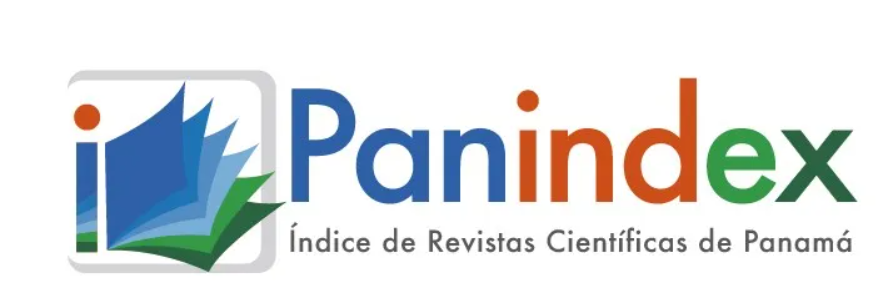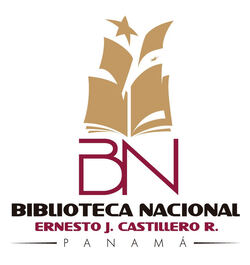The content of the publications and the links suggested in them are the sole responsibility of the authors and not of the Metropolitan University of Education, Science and Technology (UMECIT) or of the journal ORATORES. They are protected by international copyright laws as well as the logos of UMECIT AND ORATORES, hence their reproduction is totally prohibited.
This work is licensed under a Creative Commons Attribution-NonCommercial-NoDerivatives 4.0 International License.
The authors maintain the copyright and transfer the right of the first publication to the journal, with the article registered with Creative Commons Attribution-NonCommercial-NoDerivatives License, which allow others They can download the works published in this magazine and share them with other people, as long as their authorship is recognized, but they cannot be changed in any way nor can they be used commercially.
Authors are recommended to include their work in social networks such as Researchgate and institutional repositories once the article or visible fact has been published on the journal page, without forgetting to include the digital document identifier and the name of the journal.



Abstract
This research arises from the low results of saber 2017 tests, in the area of mathematics in grades 3 and 5, as well as the identification of low use of ICT-based teaching resources. The objective of the research was to analyze the level of didactic mediation of GeoGebra tool in the conceptualization of perimeter in fifth-grade students of an Educational Institution in Colombia. At a methodological level, a mixed research approach with an experimental design was considered where it was started from the conformation of two groups: an experimental group and a control group with two phases: a longitudinal one, taking data before and after the mediation intervention; another cross-sectional in this matter, two groups called control group and experimental group are both analyzed. As instruments or research materials, a first measurement or pre-test was taken based on questionnaires for the diagnostic evaluation of geometry and a questionnaire for motivational evaluation of the learning process. Later, this questionnaire has been taken in account the experimental group using ICT, specifically considering the use of the GeoGebra tool. With the control group, the development of the themes is carried out in a conventional way (pencil, notebook, ruler) applying the same work guide. The perimeter conceptualization was approached using similar conditions and with Google Meet platform, finally applying a post-test; With this information, the analysis of the variations in the level of understanding of the concept of perimeter was carried out. As a result, significant levels of advancement of the experimental group were identified in comparison with the data obtained for students of the control group. The research concludes a significant level of progress in the students of the experimental group, thus verifying the importance of the mediation of the GeoGebra tool in teaching the concept.
Keywords
References
Chaves Salas, A. (2 de Septiembre de 2001). Implicaciones educativas de la teoría sociocultural de Vigotsky. Revista Educación(25), 59-65. Obtenido de redalyc.org/pdf/440/44025206.pdf
Fainholc, B. (2004). Lectura crítica en Internet. Análisis y utilización de los recursos tecnológicos en educación. Argentina: Homo sapiens.
Gage, N. L. (1967). Handbook of Research on Teaching. Chicago: Rand McNally.
Hernandez, G. (1997). Módulo Fundamentos del Desarrollo de la Tecnología Educativa (Bases Psicopedagógicas). Mexico: Ediciones ILCE- OEA. Obtenido de https://www.monografias.com/docs/Ern%C3%A1ndez-rojas-gerardo-m%C3%B3dulo-fundamentos-del-desarrollo-P3MP6U7VPNAX
Kraska-Miller, M. (2013). Nonparametric statistics for social and behavioral sciences. New York: Taylor & Francis Group.
Roca, R. M. (2012). El problema de enseñar y aprender ciencias naturales en los nuevos ambientes educativos. Argentina: Universidad Nacional de la Plata. Obtenido de http://sedici.unlp.edu.ar/bitstream/handle/10915/18190/Documento_completo.pdf?sequence=3
Soto, G. (1999). Más allá del currículo: La educación ante el reto de las nuevas tecnologías de la información y la comunicación. Caracas: Pirámide Poblacional de Venezuela.
Downloads
Publication Facts
Reviewer profiles N/A
Author statements
- Academic society
- Universidad Metropolitana de Educación, Ciencia y Tecnología
- Publisher
- Universidad Metropolitana de Educación, Ciencia y Tecnología



















